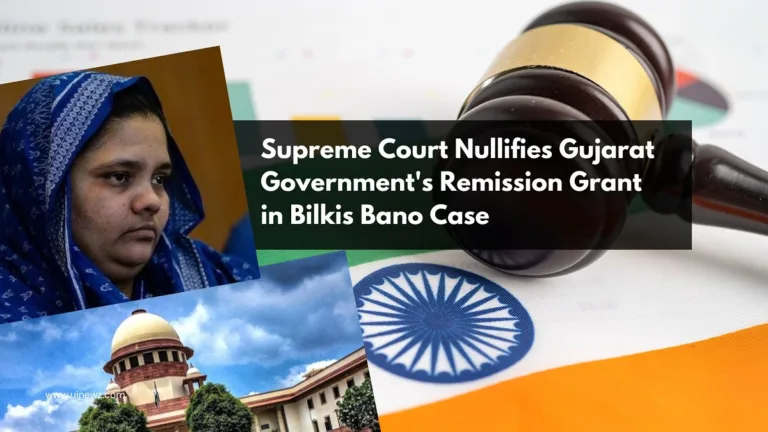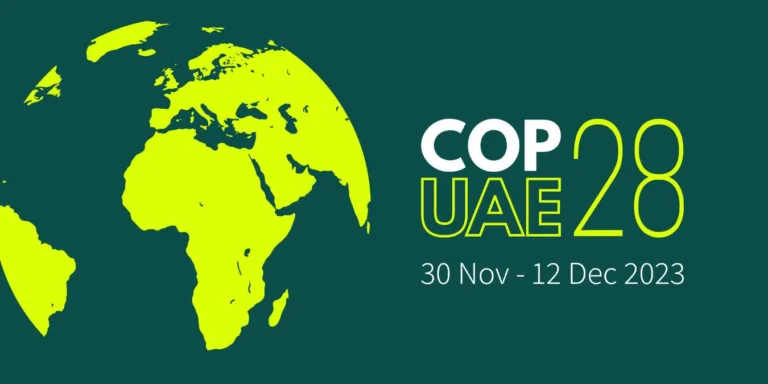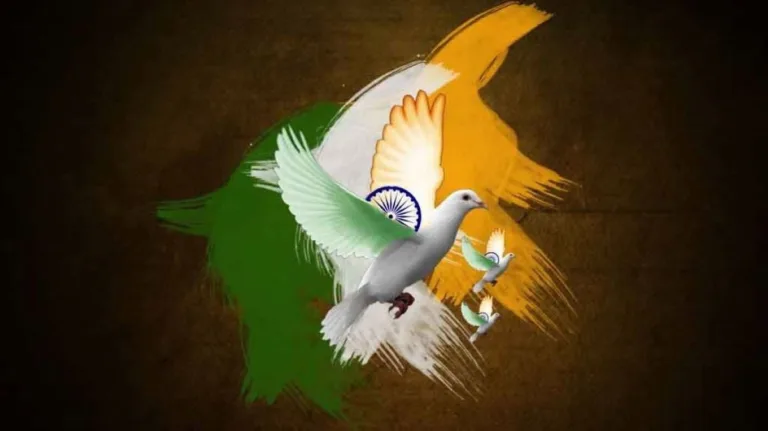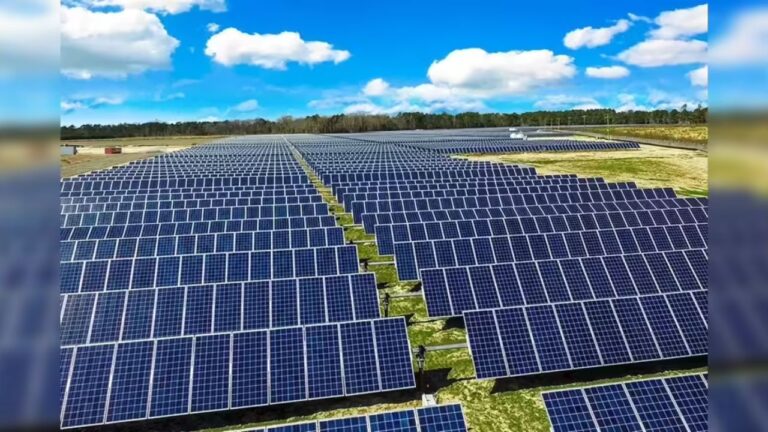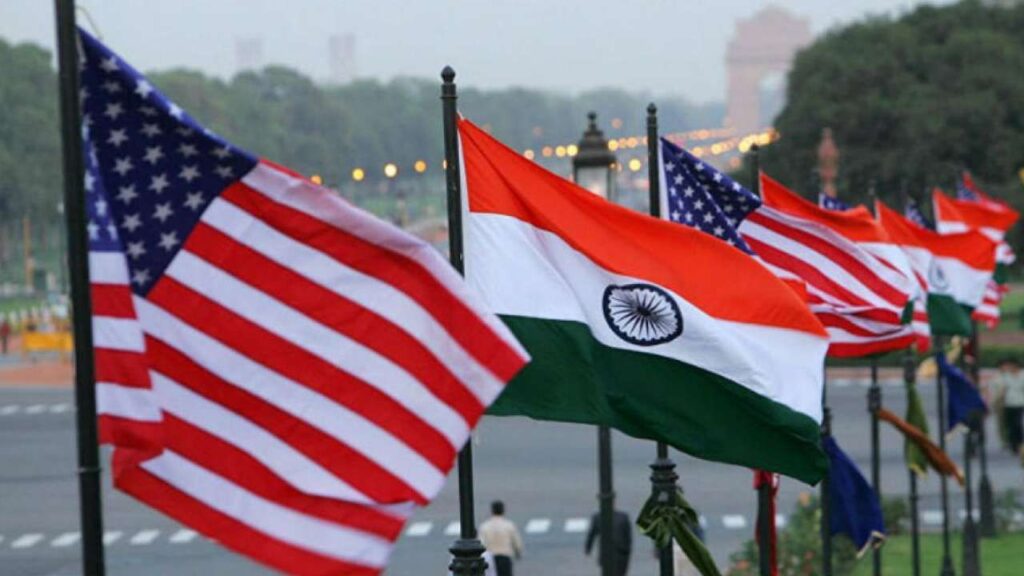
Flags of India & US
As Donald Trump returns to the White House in 2024, both optimism and caution surround the future of India-US relations. With a focus on his “America First” ideology, Trump’s second term promises to bring changes to US foreign policy, many of which could impact India’s strategic, economic, and diplomatic landscape. However, it is the personal camaraderie between Trump and Indian Prime Minister Narendra Modi that holds the potential to redefine the bilateral relationship between the two nations.
A Transformative Partnership
One of the defining features of Trump’s first term was his strong rapport with PM Modi, which proved to be a cornerstone of India-US relations. Their personal chemistry, displayed through landmark events like ‘Howdy Modi’ and ‘Namaste Trump,’ set a tone of mutual respect and collaboration. This bond has the potential to carry over into a second Trump administration, potentially resulting in stronger economic, security, and diplomatic ties between the world’s largest and oldest democracies.
Under Trump, the US has consistently sought strategic partnerships with countries that share its vision of countering global challenges, especially China. India’s growing regional influence and strategic positioning in the Indo-Pacific align well with this goal. A continuation of this partnership could significantly strengthen both countries’ efforts to ensure regional stability and address common threats, including terrorism and the rise of China.
Economic Opportunities and Trade Tensions
While security and defense collaboration have flourished in recent years, trade remains a delicate issue. Trump’s “reciprocal taxes” policy, a hallmark of his first term, could resurface, potentially leading to increased tariffs on Indian exports. During his previous presidency, Trump frequently criticized countries, including India, for imposing high tariffs on US goods. If he follows through on his rhetoric, India could face challenges in sectors like IT, pharmaceuticals, and textiles, which are heavily reliant on the US market.
However, this trade tension could also open doors for India. As the US continues to pursue a policy of economic decoupling from China, India has an opportunity to position itself as an alternative manufacturing hub for US companies seeking to diversify supply chains. This shift could lead to increased US investment in India’s manufacturing sector, offering both countries a mutually beneficial path forward despite trade disagreements.
Defence and Security: A Strategic Alignment
India’s defense ties with the US have grown significantly in recent years, with major agreements on defense technologies and equipment. Trump’s second term could see a continuation of this trajectory, though with a more transactional approach. The US may seek further commitments from India in exchange for continued defense collaboration, but the strategic importance of India in the Indo-Pacific will likely remain a key driver of these ties.
The Quadrilateral Security Dialogue (Quad), comprising India, the US, Japan, and Australia, was elevated during Trump’s first term as a means to counter China’s growing influence in the region. In his second term, Trump could place even greater emphasis on strengthening the Quad, which would solidify India’s role in maintaining regional security and stability. Joint military exercises, technology exchanges, and strategic deployments could become a regular feature of the partnership, particularly as both countries seek to contain China’s assertiveness.
Counterterrorism: Strengthening Security Cooperation
One area of shared interest between Trump and Modi is counterterrorism. Both leaders have championed tough stances on terrorism, with Trump’s “Peace through Strength” doctrine aligning well with India’s security priorities. As threats from groups like ISIS and al-Qaeda persist in the region, closer India-US cooperation in intelligence sharing, military operations, and diplomatic efforts could yield significant benefits for regional stability.
Trump’s unapologetic approach to foreign policy could also lead to increased pressure on Pakistan to curb its support for terrorism. Given India’s longstanding concerns about cross-border terrorism, Trump’s policies could align with India’s security objectives, providing an opportunity for enhanced collaboration in the fight against terror.
Shifting Demographics and Domestic Politics
Trump’s second term will not only affect foreign policy but could also have domestic political repercussions, particularly within the Indian-American community. Historically aligned with the Democratic Party, Indian-Americans have increasingly shown support for Trump, especially due to his business-friendly policies and stance on lower taxes. As one of the wealthiest and most educated immigrant groups in the US, their shift toward the Republican Party could alter the political calculus in key swing states, where Indian-American votes are influential.
This demographic shift could also lead to greater political influence within the Republican Party, encouraging policies that align with the values of the Indian-American community, such as deregulation, support for business growth, and a more robust stance on national security. For India, cultivating this relationship could bring strategic benefits as both governments look to reinforce ties across multiple fronts.
Navigating Trade and Defense in a Complex Landscape
While Trump’s return offers a strong foundation for deepened India-US ties, it also presents challenges. His protectionist stance on trade, particularly in the form of tariffs and trade barriers, may test India’s resilience. India will need to navigate these tensions carefully, balancing its desire for equitable trade deals with the reality of Trump’s “America First” approach.
However, trade issues aside, the broader strategic alignment between India and the US, especially on defense, regional security, and counterterrorism—offers a framework for continued cooperation. Both leaders understand the importance of national sovereignty and economic growth, and their shared values could provide the necessary diplomatic capital to manage potential trade disputes.
Conclusion
As Trump returns to the White House and PM Modi continues his leadership in India, the potential for a reinvigorated India-US partnership is high. Their shared interests in economic development, regional security, and counterterrorism provide a strong basis for deepened collaboration. However, the challenges of navigating trade tensions, domestic politics, and Trump’s isolationist foreign policy will require careful diplomacy.
With both leaders committed to ensuring their nations’ prosperity and security, the India-US relationship under Trump’s second term could evolve into a more dynamic and mutually beneficial alliance. This partnership, built on shared values and strategic interests, has the potential to not only transform bilateral relations but also shape the future of global diplomacy and economic cooperation in a rapidly changing world.
